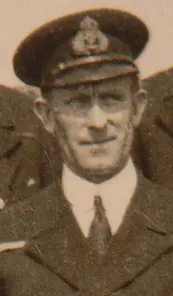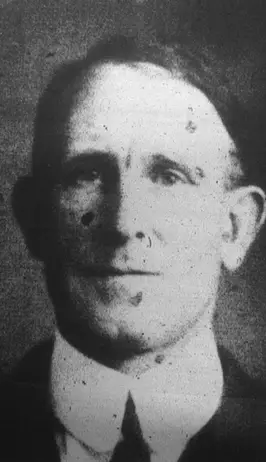Second Officer Blair

Date of birth: 11th of November 1874
Place of birth: Newport, Isle of Wight, England
Marital status: Married
Crew position: Titanic's Second Officer (until 10th April 1912)
Date of death: 10 January 1955


Age: 37
Height: 5'6" (167.64cm)
Complexion: Fair
Hair Colour: Brown
Eye Colour: Blue/grey
Other: Tattoos on left arm of anchor/cross/heart/coat of arms
Notes: Blair is listed as between 5 ft 5 - 5ft 6, fair complexion, brown hair and blue/grey eyes. In 1896 under "Personal Marks or Peculiarities" it lists "anchor, cross & heart on left arm, flags and cannon on right (tattooed)". In 1897 this is simply listed as "anchor & flags on left arm" and in his 1901 Masters application the entry is "anchor, cross and heart on left arm, and coats of arms right arm". He is frequently photographed smoking a pipe.



Unfairly and inaccurately labelled by the media as "the man who sank Titanic" Davy Blair, a friend of Charles Lightoller, led almost as exciting a life as his colleague. Although born on the Isle of Wight, his family were actually Scottish and he was primarily based in the Broughty Ferry area. When he joined the White Star Line, he quickly progressed from Fourth Officer to Second Officer within two years.
It was his appointment to Titanic for which he became most well known, working to prepare her for the maiden voyage for two weeks before being "bumped" when Henry Wilde took over William Murdoch as Chief Officer. Infamously, he took a key to the Crows Nest telephone as a souvenir that would later haunt his descendants with accusations that it prevented the lookouts from obtaining binoculars - which, under examination, is not true. A year after Titanic, he was declared an international hero after diving into the North Atlantic to save a crew member lost overboard on the Majestic. The following year he was courtmartialled after being blamed for the wreck and loss of the beloved Oceanic. He regained his lost reputation through herioc work during the Great War that resulted in several medals and an O.B.E. After quitting the White Star Line in the 1920s, he became commander of a scientific expedition to the South Seas to discover new species of animals and archaeological artifacts.